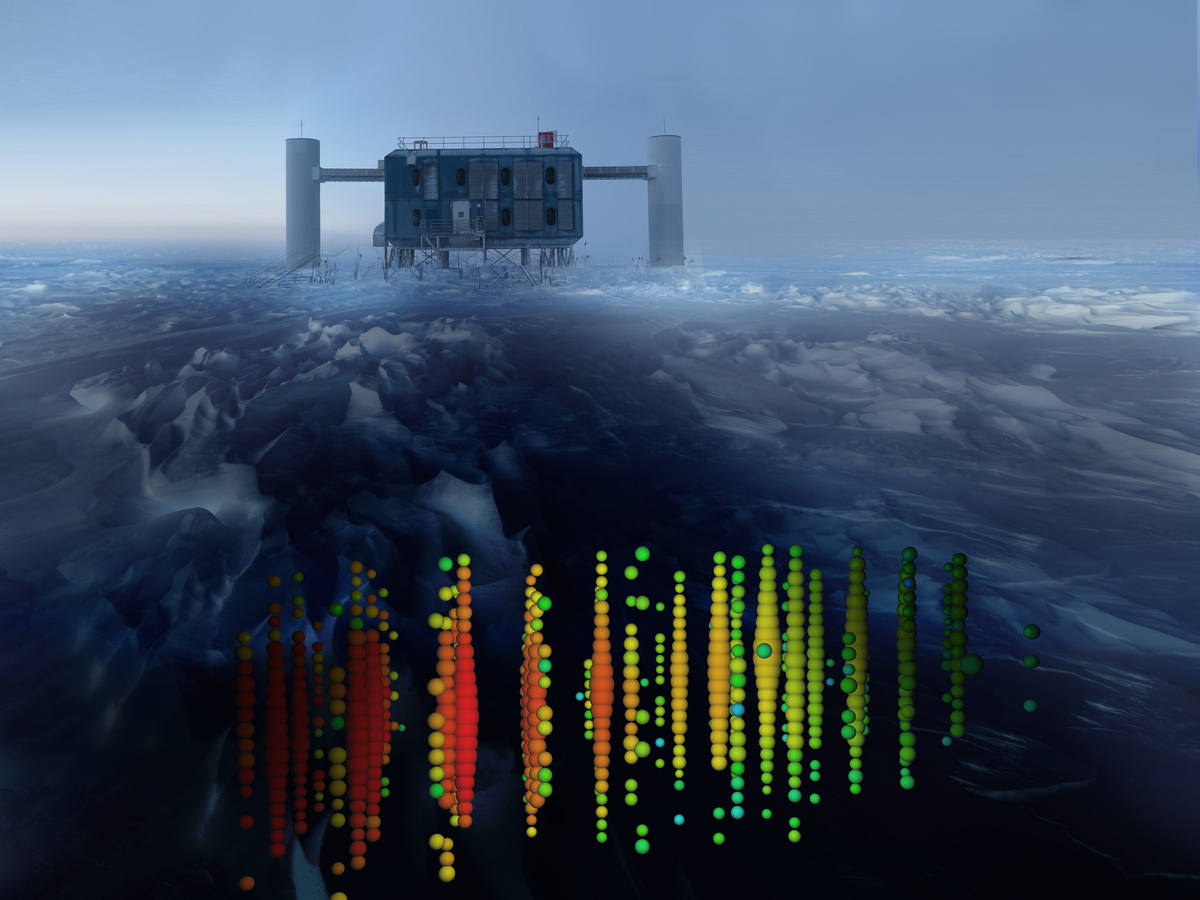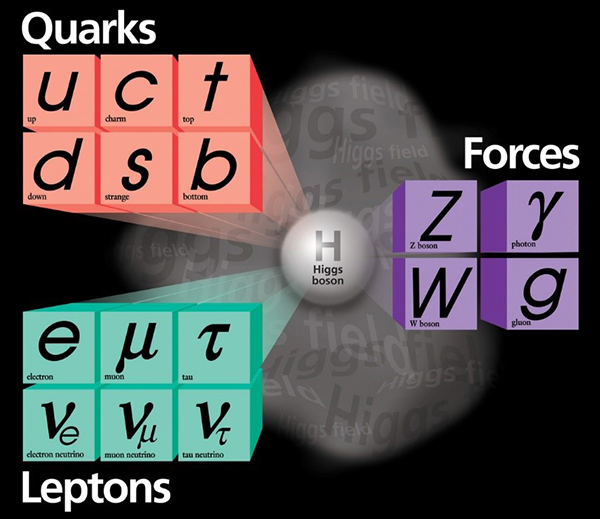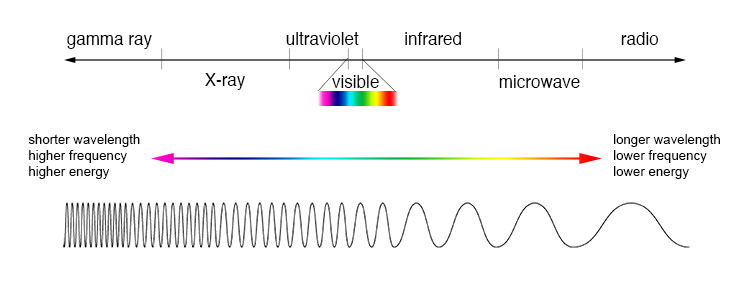Lesson Plan
neutrino astronomy lesson plan
Neutrino Astronomy Lesson Plan
Author:
Dr. Francis Halzen, IceCube Particle Astrophysics Center, University of Wisconsin, Madison, Wisconsin
Overview
- This lesson plan offers three consecutive days (~45- to ~60-minute class periods) of narrativized, in-class discussion about the content/concepts conveyed through reading assignments consisting of AccessScience articles, as well as assessment activities and questions.
- Disciplines covered include astronomy, astrophysics, introductory physics, and particle physics.
Intended Audience
- Freshman / sophomore undergraduate students taking an astronomy and/or physics course
Learning Objectives
- Identify subdisciplines of light-based astronomy as they relate to the electromagnetic spectrum
- Explain neutrinos and differentiate neutrinos from other elementary particles
- Compare and contrast neutrino astronomy with traditional observational astronomy
- Describe the goals and methods of neutrino astronomy
Instructor Guidelines
Traditional Lecture
- Assign students the hyperlinked reading list of AccessScience articles provided in this lesson plan (also available as interspersed hyperlinks within the lesson plan narrative) ahead of the specified class day.
- Set the expectation that all articles will be covered and discussed in class, except the LOOKING AHEAD articles, which while introduced in the class day will be largely covered alongside the readings for the next class day.
- Use each day's bullet points as a narrative guide, discussion generator, and means of assessment, as well as a look ahead to the next day's subject matter.
- Test students' grasp of the content using the Activities to Demonstrate Learning Objectives and Test Your Understanding Questions provided in the Assessment section at the end of the lesson plan.
Flipped Classroom
- Assign students the AccessScience articles in this lesson plan ahead of the specified class day.
- When students arrive in class, administer a reading quiz using the Test Your Understanding Questions for accountability.
- Use class time to let students engage in each of the Activities to Demonstrate Learning Objectives described in the Assessment section, working together in teams and submitting the work. Circulate between teams and provide feedback and answer questions.
- Introduce the subject matter in the LOOKING AHEAD articles, which will be largely covered alongside the readings for the next class day.
 The IceCube Neutrino Observatory's aboveground IceCube Lab with an illustrated neutrino detection event from its underground detector array superimposed. The spheres represent individual sensors, with redder colors corresponding to higher energies and greener colors corresponding to lower energies deposited by the neutrino's interaction with an atomic nucleus in the ice. (Credit: IceCube Collaboration)
The IceCube Neutrino Observatory's aboveground IceCube Lab with an illustrated neutrino detection event from its underground detector array superimposed. The spheres represent individual sensors, with redder colors corresponding to higher energies and greener colors corresponding to lower energies deposited by the neutrino's interaction with an atomic nucleus in the ice. (Credit: IceCube Collaboration)
Day 1: Overview of astronomy and introduction to neutrinos
Astronomy as a science
Neutrinos: A new form of astronomy
|
Day 2: Delving into the neutrino, the "ghost" particle
Describing and detecting neutrinos

The standard model of particle physics' six quarks, six leptons, four gauge bosons (force carriers) and the Higgs boson. (Credit: Fermilab)
Neutrino astronomy
|
Day 3: Neutrino astronomy's history and outlook
History of neutrino astronomy
Three goals of neutrino astronomy

An illustration depicting how different kinds of cosmic “messengers” travel through space to detectors on Earth. Photons, or particles of light, interact through the electromagnetic force with matter between their origin point and Earth, absorbing and scattering to a certain degree based on their wavelength. Upon arrival, photons interact with the atmosphere before (and if) they reach the ground. Cosmic rays, which are charged particles (usually protons), are heavily deflected by magnetic fields en route to Earth. Upon arrival, cosmic rays collide with molecules in the atmosphere, shattering and generating a cascading shower of secondary particles that eventually reach the ground. Uncharged neutrinos, however, travel in straight lines from sources before usually passing right through Earth. Large detector media offer enough opportunities for neutrinos to interact with matter for detection purposes. Note that cosmic rays also produce neutrinos that pass through Earth, as shown in the illustration. [Credit: Deutsches Elektronen-Synchrotron (DESY)]
|
Assigned Reading List
Day 1
- Astronomy
- Galileo
- Photon
- Star
- Galaxy
- Radio astronomy
- Infrared astronomy
- Ultraviolet astronomy
- X-ray astronomy
- Gamma-ray astronomy
- Neutrino
Assessment
Activities to Demonstrate Learning Objectives
- Students draw and label an electromagnetic spectrum, listing at least one distinctive kind of astronomical observation or inquiry associated with seven broad types of electromagnetic radiation: radio, microwave, infrared, visible, ultraviolet, x-ray and gamma ray.
- Students design a Venn diagram of the four fundamental interactions and place elementary particles in the portions of the diagram where these interactions do and not overlap, according to the interactions each particle type experiences. For instance, photons experience the electromagnetic interaction, but not the other three interactions. Use these elementary particles: photon, neutrino, electron, quark, gluon, W and Z bosons, and the (hypothetical) graviton. Bonus: Have students place the proton and neutron, the constituents of the atomic nucleus, in this Venn diagram as well.
- Alternatively, have students fill in the remaining blanks in a partially completed Venn diagram for homework or as an in-class activity. This second diagram will be easier for students who do not have any prerequisite knowledge of particle physics. Both a complete answer key and a partially completed Venn diagram are available in the Assessment answers from AccessScience editors.
- Students rank the following particles by how difficult it is to detect them: neutrinos, visible light photons, cosmic rays. Students explain their reasoning.
- Students draw a sketch showing how an object in space generates neutrinos that travel to Earth and can then trigger a detection at the IceCube Neutrino Observatory. The sketch should briefly explain how the neutrino is a uniquely direct link back to the astronomical object compared to other forms of radiation, and the detection principle used at IceCube to register neutrinos.
Summative Assessment Activity
- Students create a glossary of terms during their reading that they don't know or understand. Have students refer back to their glossaries at the end of the lesson to make sure they understand those terms.
Test Your Understanding Questions (Formative Assessment)
Day 1
Q: Explain why relying on human vision alone is insufficient for scientists to fully understand the universe.
Q: Which has the longer wavelength: radio waves or gamma rays? Which has the higher frequency: radio waves or gamma rays? What does this tell you about the energy of radio waves compared to gamma rays?
Q: Critical Thinking: Explain the relationship between a star and a galaxy. For example, how do stars determine galaxy type and composition?
Day 2
Q: What is the difference between a quark and a lepton?
Q: Why are neutrinos so difficult to observe compared to photons?
Q: Critical Thinking: Why are premier neutrino detectors, such as IceCube, designed to be extremely large, the same as premier optical telescopes?
Day 3
Q: What distinguishes high-energy astrophysical neutrinos from solar neutrinos?
Q: What are three goals of neutrino astronomy?
Q: Critical Thinking: How can multi-messenger astronomy help deepen our understanding of the universe?



 The electromagnetic spectrum, mediated by photons as quanta of the electromagnetic force. (Credit: NASA's Imagine the Universe)
The electromagnetic spectrum, mediated by photons as quanta of the electromagnetic force. (Credit: NASA's Imagine the Universe) 
